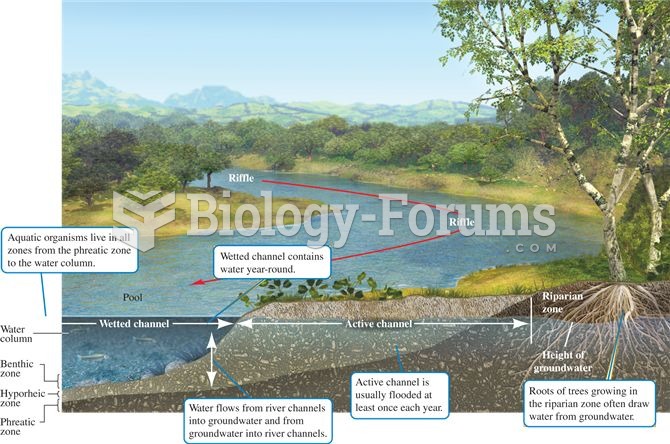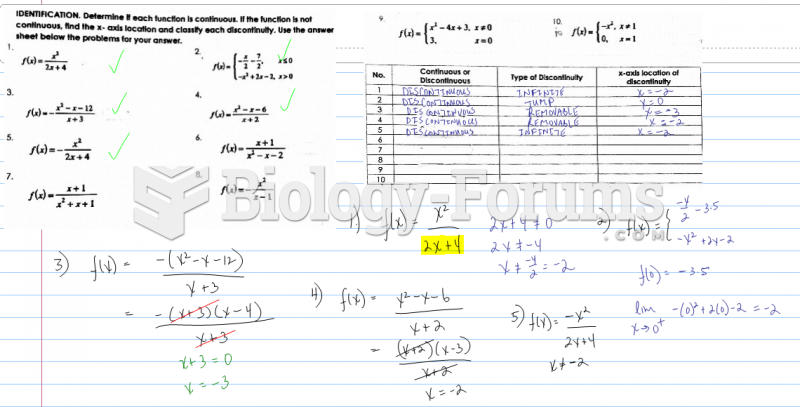Answer to Question 1
The overtcovert dimension ranges from overt visible acts such as fighting to covert hidden acts such as lying or stealing. Children who display overt antisocial behavior tend to be negative, irritable, and resentful in their reactions to hostile situations and to experience higher levels of family conflict (Kazdin, 1992). In contrast, those displaying covert antisocial behavior are less social, more anxious, and more suspicious of others and come from homes that provide little family support. The destructivenondestr uctive dimension ranges from acts such as cruelty to animals or physical assault to nondestructive behaviors such as arguing or irritability.
Answer to Question 2
Legally, conduct problems are defined as delinquent or criminal acts. The broad term juvenile delinquency describes children who have broken a law, ranging from sneaking into a movie without paying to homicide. Delinquent acts include property crimes (e.g., vandalism, theft, and breaking and entering) and violent crimes (e.g., robbery, aggravated assault, homicide). From a psychological perspective, conduct problems fall along a continuous dimension of externalizing behavior (Burns et al., 1997). Children at the upper extreme of this dimension, usually one or more standard deviations above the mean, are considered to have conduct problems. From a psychiatric perspective, conduct problems are defined as distinct mental disorders based on DSM-5 symptoms (APA, 2013). DSM-5 contains the general category of disruptive, impulse-control, and conduct disorders. All disorders in this category involve problems in the self-control of emotions and behaviors, including two that refer to persistent patterns of antisocial behavior in youthoppositional defiant disorder (ODD) and conduct disorder (CD). This perspective blends the legal, psychological, and psychiatric perspectives with public health concepts of prevention and intervention (U.S. Department of Health and Human Services, 2001). The goal is to reduce the number of injuries and deaths, personal suffering, and economic costs associated with youth violence, in the same way that other health concerns such as automobile accidents or tobacco use are addressed. The public health approach cuts across disciplines and brings together policy makers, scientists, professionals, communities, families, and individuals to understand conduct problems in youths and determine how they can be treated and prevented (Dodge, 2011).







